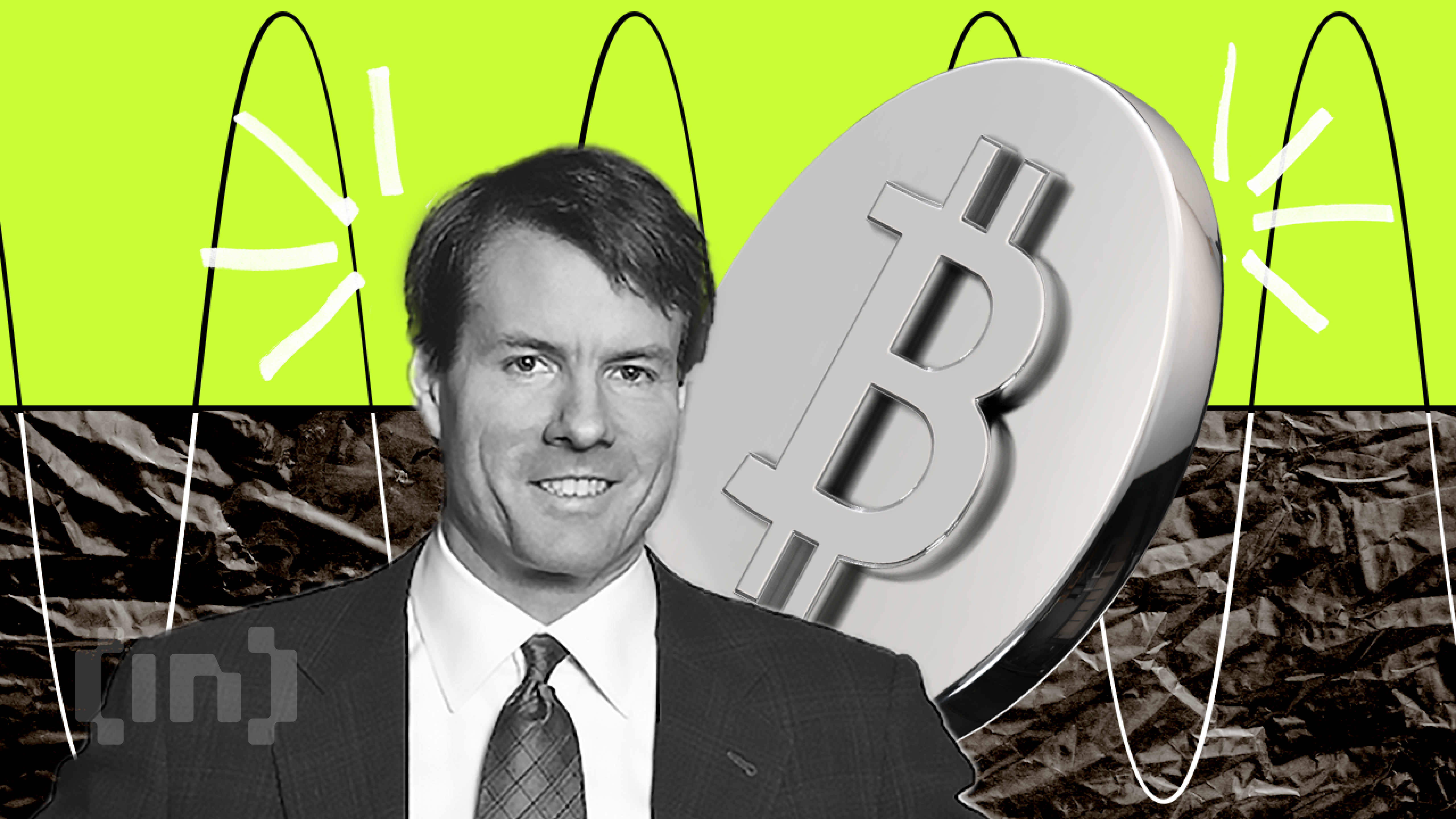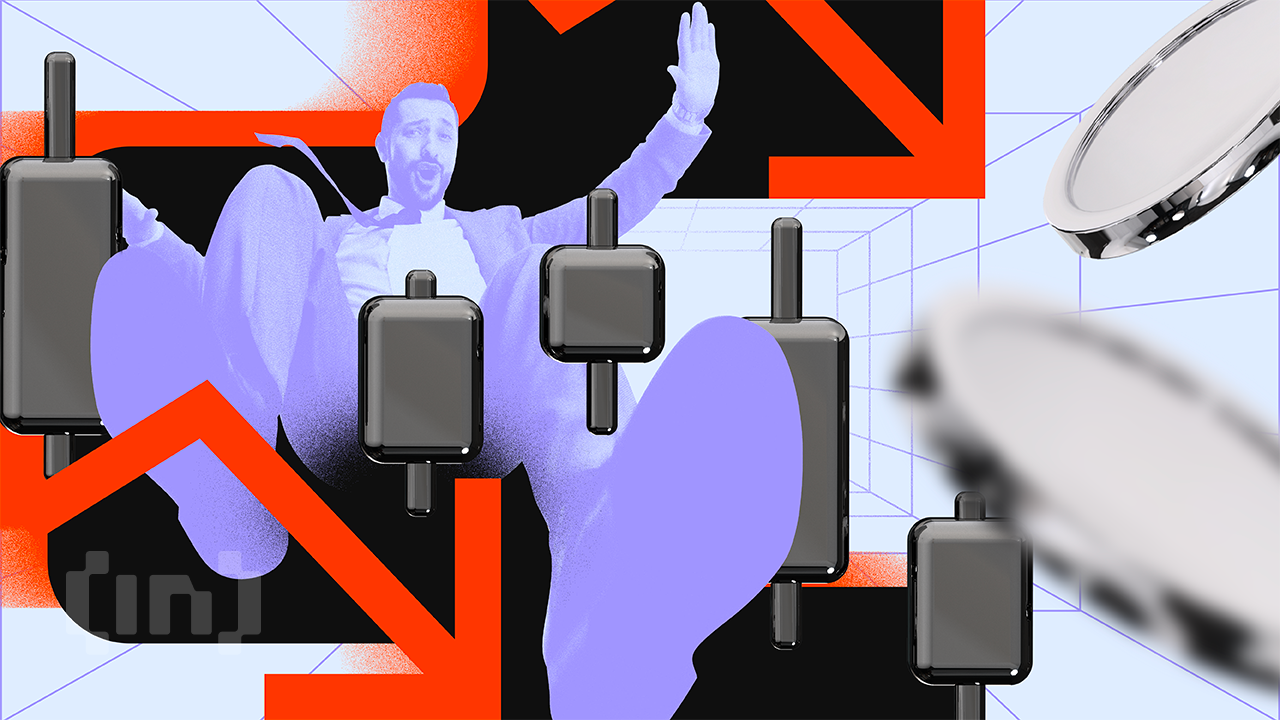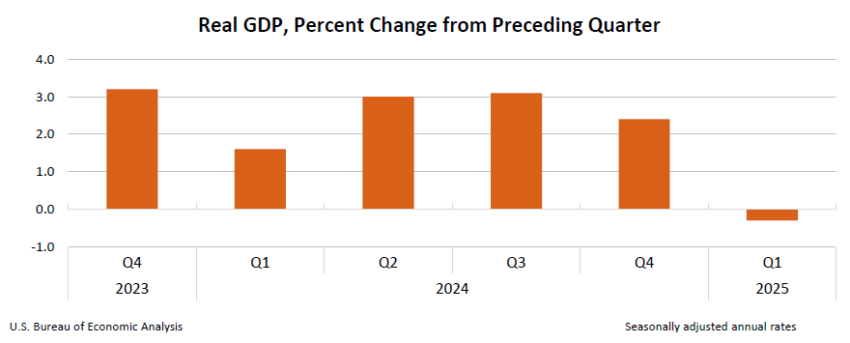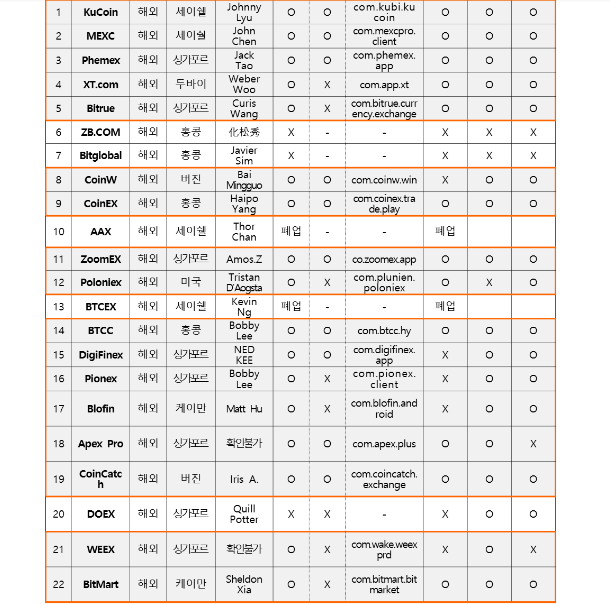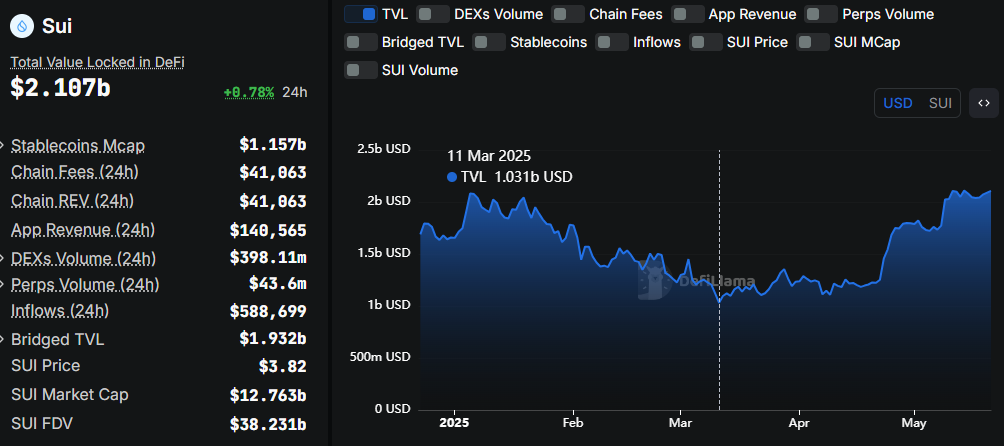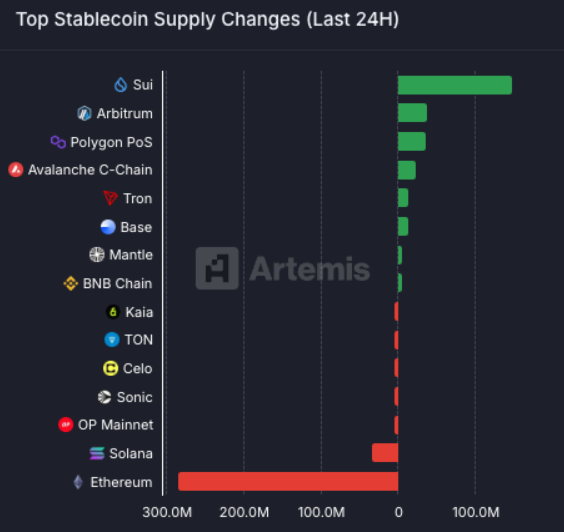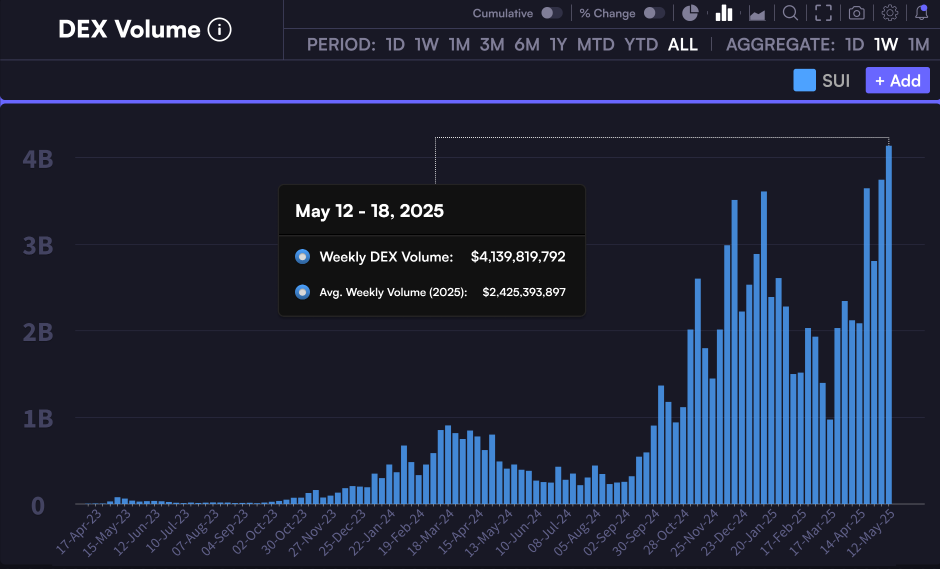Michael Saylor’s Strategy (formerly MicroStrategy) added 130 Bitcoin (BTC) to its holdings between March 10 and March 16, spending approximately $10.7 million.
The average BTC price for this purchase was $82,981. This marks the company’s smallest Bitcoin purchase since August 2024.
Why are MicroStrategy’s Bitcoin Purchases Becoming Smaller?
As of March 16, MicroStrategy holds 499,226 BTC, worth around $33.1 billion. The company’s overall average cost per Bitcoin stands at approximately $66,000.
This latest acquisition comes just weeks after MicroStrategy made its largest Bitcoin purchase of 2025. In February, the company spent $2 billion on BTC at prices above $97,000.
Now, with Bitcoin trading lower, this smaller buy raises questions about the firm’s strategy.
“On-chain clues: Is Bitcoin gearing up for a major reversal? Active addresses peak, signaling potential bullish momentum ahead,” Saylor posted on X (formerly Twitter) today.
One possible reason for the limited purchase is that MicroStrategy may be waiting for more capital from its stock offerings.
Last month, the company raised $2 billion through a private offering of convertible senior notes. Most of those funds likely went toward its previous acquisition. If additional funding is needed, the company may be pacing its purchases.
MicroStrategy finances Bitcoin acquisitions through stock sales and zero-interest convertible notes without selling off other assets.
While this approach has worked so far, the firm’s ability to raise capital depends on maintaining strong financial stability. A sharp rise in liabilities relative to assets could make future financing more difficult.

However, there’s a more concerning reason why MicroStrategy could have made such a small Bitcoin purchase today.
Bitcoin is currently trading just below $83,000, and some analysts suggest the price has not yet bottomed. Arthur Hayes and other experts predict BTC could drop to around $70,000 before the next upward move.
BeinCrypto analysts believe the market is experiencing a temporary correction rather than the end of the bullish phase.
If MicroStrategy shares this view, it may be waiting for a further dip before making a larger investment.
The post MicroStrategy Buys $10.7 Million in Bitcoin, Its Smallest Purchase of 2025 appeared first on BeInCrypto.

